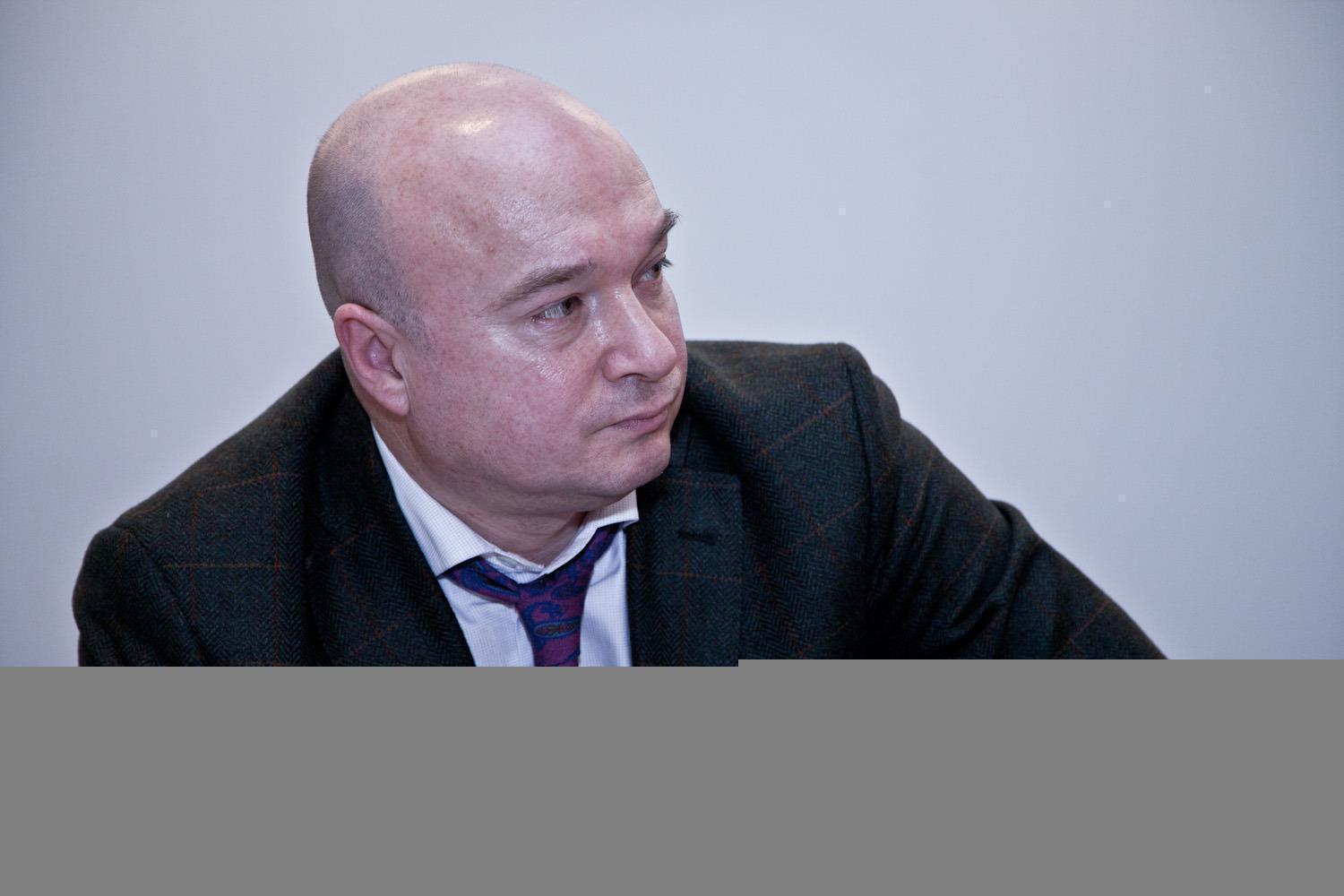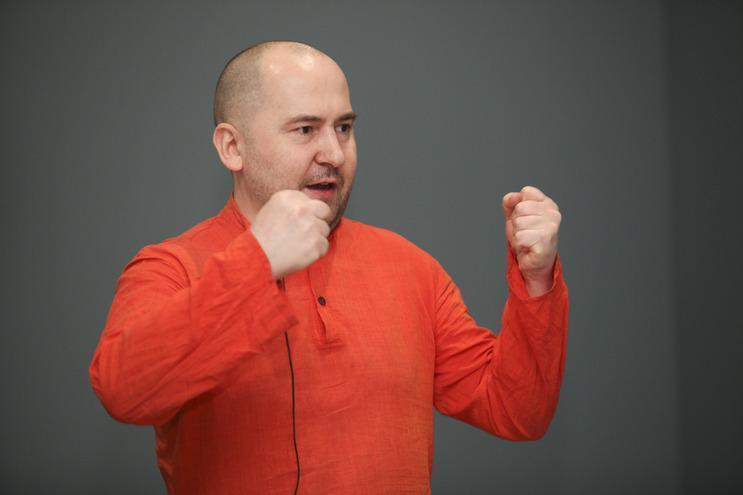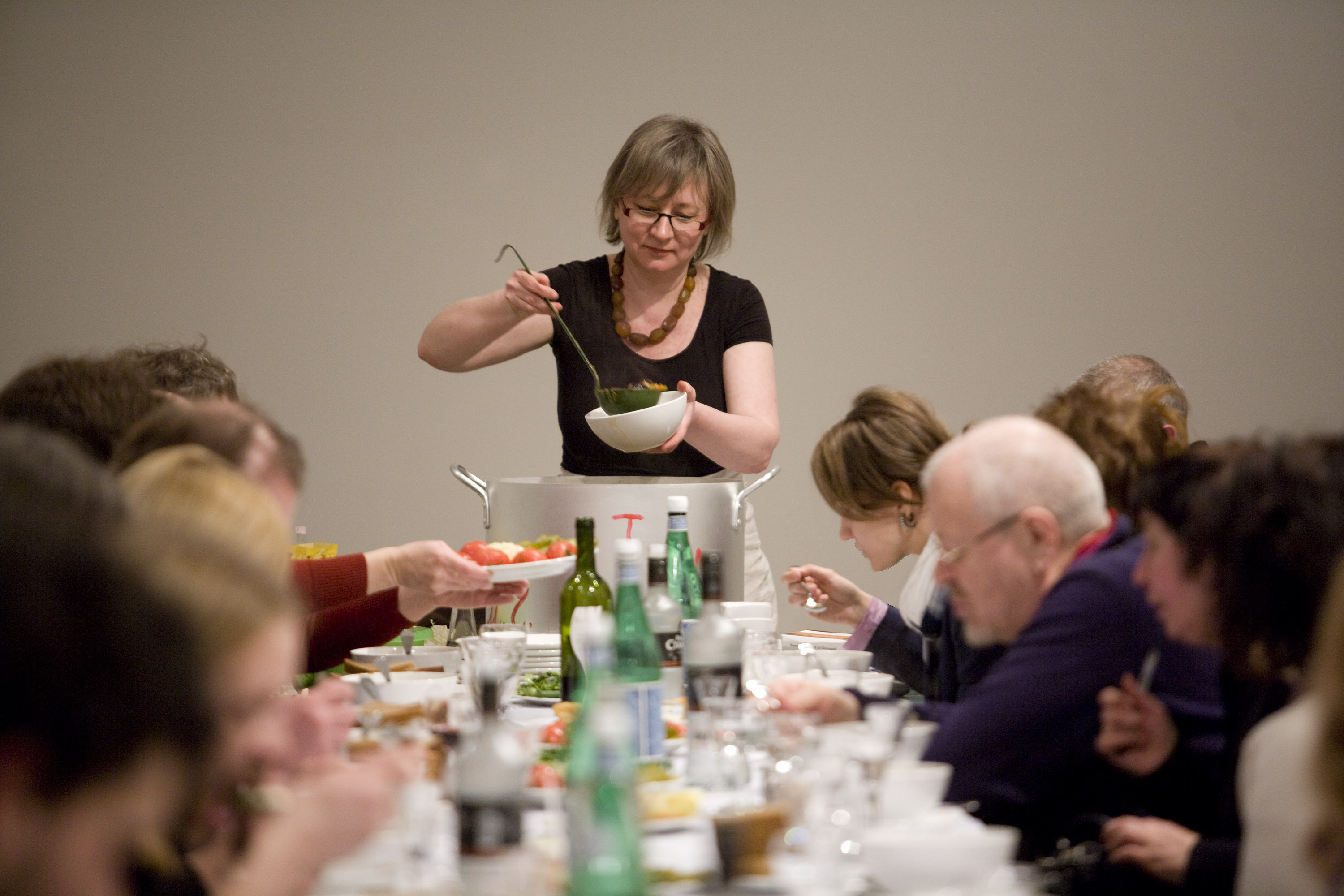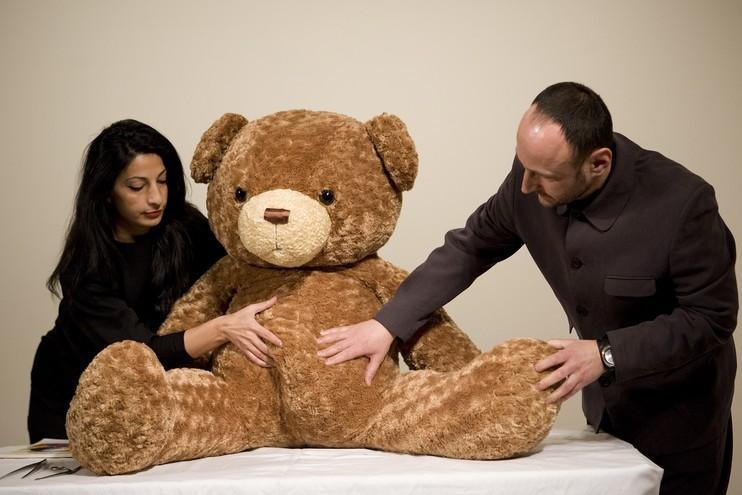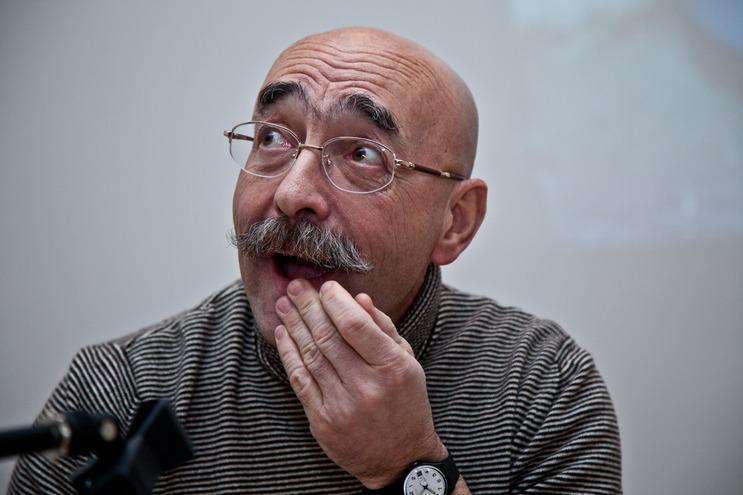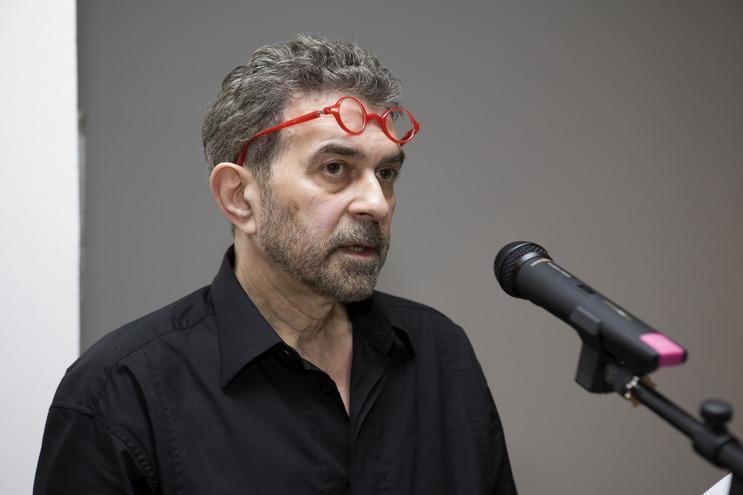Project curator Lev Rubinstein says:
“As it can already be seen from the title itself, the project implies a series of evenings with performances of writers and musicians who, by their aesthetic tastes and creative practices, can be related to the range of ideas, problems and practices called these days in very general terms “contemporary art”. It is especially illustrative in this sense that some contemporary artists make routinely incursions into the field of the language arts, while some of the poets and musicians fit quite naturally in exhibition or museum space.
Artists like Victor Pivovarov, Nikita Alexeyev, Gor Chakhal, Grisha Bruskin are authors of books in poetry or prose. Poet Victor Koval is a remarkable graphic artist. Musician Vladimir Tarasov, Sergey Zagnyi, Vladimir Martynov are authors of books and participants of artistic projects and joint performances with poets and artists. We see all of them as expected and much-desired participants of our evenings.
The contemporary art doesn’t recognize divisional or inter-genre boundaries. Indeed, this blurring of boundaries is not a phenomenon of today, or even yesterday.
Quite unique creative links between aesthetically related poets, artists, musicians and philosophers formed as early as 1970s, the years of severe and tight underground. An artist’s studio, a room in a communal apartment or the proverbial kitchen operated as some sort of universal location of striking synthetic environment, a place of evolution and testing of maybe the most important element of art: a mutually understandable language. It was at that time that it became evident and important for all of us that the art and the talk about it form a kind of syncretic unity, that the problems moving a writer, an artist, a musician of an actor are the same.
And, to my mind, the most important and valuable element in the experience of the vigils and get-togethers of the time, where people recited poems, viewed paintings, played saxophone and talked, talked, talked, was, in my opinion, the unbelievably charged and “nutrient” atmosphere, which, of course, can’t be reinvented. Still, its memory suggests us some devices and formal criteria that we could very well try to use in an attempt of creating a new environment, a new atmosphere — not less “nutrient” and fascinating.
We might fail, of course. But we should try, in any case.”
